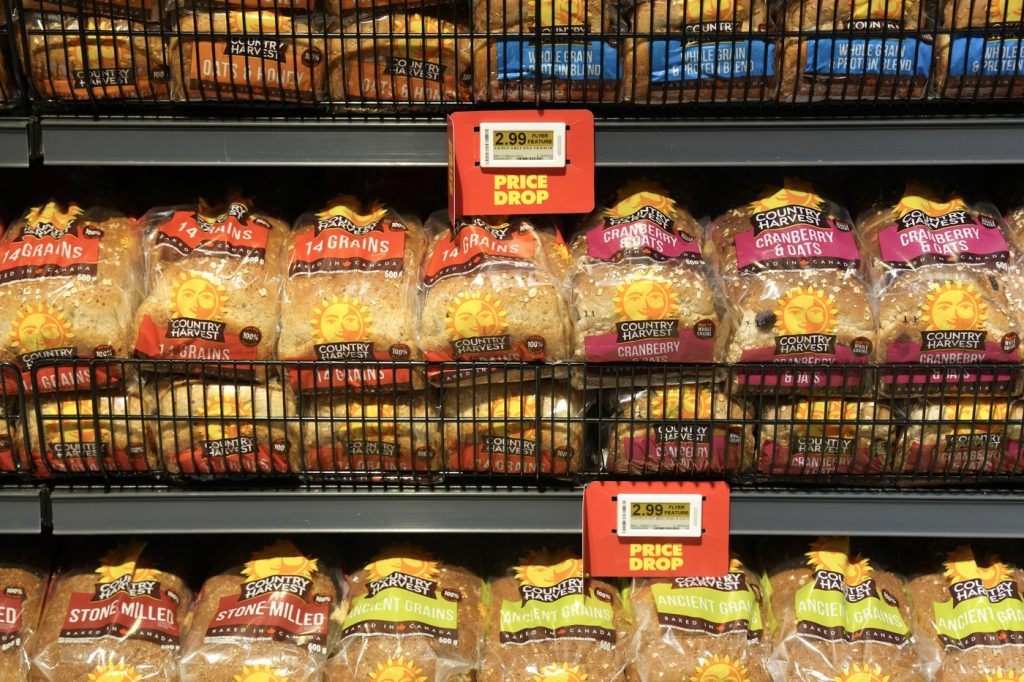MONTREAL A recent study conducted by Laval University has revealed troubling disparities in food pricing across Canada, particularly highlighting how many foods high in sodium and sugar are significantly cheaper than their healthier counterparts. This research aims to shed light on the ongoing health inequalities exacerbated by the high costs associated with nourishing foods.
Isabelle Petitclerc, the lead author and a PhD candidate in nutrition, emphasized the need for substantial political action to address these issues. She noted that while individuals with greater financial means can afford to make healthier dietary choices, many Canadians are left with limited options. "Someone who has the means can perhaps afford to make changes to the foods they’re used to eating and opt for something that may be a little more expensive but is more nutritious, but we know that’s not the case for everyone,” Petitclerc stated.
The findings of this study were published in the journal Public Health Nutrition in August. The researchers analyzed over 2,000 food products, utilizing the parameters associated with Health Canada’s “high-in” nutrition label. This label serves as a warning for consumers, indicating items with elevated levels of specific ingredients, allowing for a classification of healthy versus unhealthy foods. The study focused on five categories of processed foods: sliced bread, breakfast cereals, snack foods, processed cheeses, and cookies and crackers.
According to Petitclerc, the research team discovered that among the analyzed categories, products high in sugar and sodium were often the cheapest. This trend may not be surprising, considering that sugar and sodium are usually less expensive ingredients compared to higher-quality alternatives. In contrast, unhealthy foods characterized by high saturated fat content were typically more expensive. This is due to the cost of ingredients like butter or coconut oil, which are integral to those products.
As part of a national initiative to promote healthier consumer choices, Health Canada is set to enforce the “high-in” labeling requirement on all foods deemed high in saturated fat, sugar, and sodium beginning next year. This move aims to mitigate health issues, such as obesity, heart disease, and Type 2 diabetes, which are linked to excessive consumption of these ingredients. Some grocery items are already showing these labels, which is a step toward raising consumer awareness.
Petitclerc plans to continue her research, focusing on how food pricing correlates with nutritional value. She expressed a desire to observe whether food producers would alter their ingredients to sidestep having the health label featured on their packaging. “This adds another challenge in terms of pricing, because we know that any modification comes at a high cost for companies,” she remarked. Additionally, she aims to investigate whether modified foods would adjust their prices post-change.
The implications of this study are far-reaching, and Petitclerc hopes it will inspire future research aimed at mitigating consumer inequalities. She suggested possible interventions such as subsidized food coupons for low-income individuals or imposing taxes on less nutritious food items to encourage healthier eating habits across the socio-economic spectrum.
This study, highlighting the disparity in food pricing, serves as a critical reminder of the challenges facing many Canadians in accessing healthy food options. With ongoing discussions about nutrition and public health, it calls for further exploration into practical solutions that can help level the playing field for all consumers.












